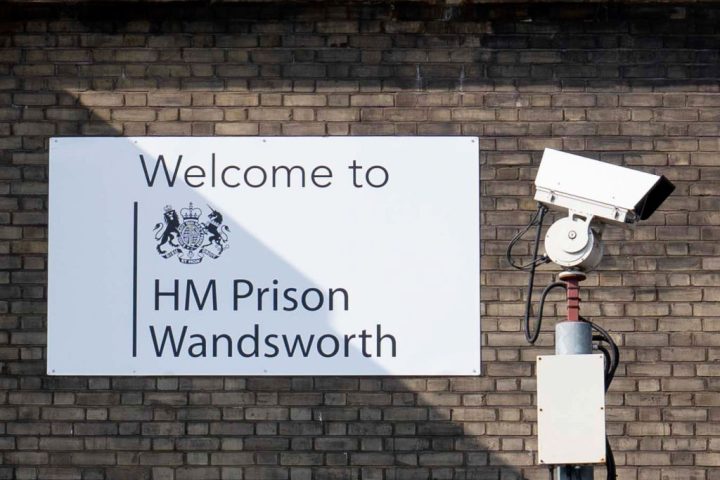As a former inmate of HMP Wandsworth, I can’t say I’m surprised that a prisoner, Daniel Khalife, has escaped. When I was jailed there in 2020, I saw for myself that Wandsworth is understaffed, poorly-managed and often so badly organised that it loses track of prisoners for extended periods of time. Last year’s report by HM Inspector of Prisons shows that the situation has only deteriorated since.
The inspectors describe a prison with ‘not enough staff to make sure prisoners received even the most basic regime’. When this inspection took place, Wandsworth’s population was 1,364. The report warned against increasing the prison’s population but according to the Ministry of Justice’s last published figures, Wandsworth’s population has risen to 1,550.
As the staffing crisis in our prison system worsens, other prisoners will have opportunities to escape
That population is an unusual mix. About half the prisoners are foreign nationals awaiting extradition, while many of the rest are being held on remand awaiting trial or sentencing. The prison makes little effort to sort prisoners by category, meaning that the most serious offenders mingle with petty criminals. There is no ‘jail-within-a-jail’ that is found at higher security establishments like Belmarsh.
During my time at Wandsworth the prison often ‘locked down’ because the ‘count’ of inmates on a particular wing showed men were missing. These eventually turned up in another man’s cell or on a different wing. In one memorable instance on H Wing found they had an extra man, which caused a great deal of confusion until staff realised they’d miscounted. A major cause of this failure is short-staffing. Officers are regularly moved from wing to wing, and will often not know which men should be where. So, this understaffed prison, with officers stretched thin, is struggling to manage an excess, disparate, transient group of prisoners.
It has been reported that Khalife, who is awaiting trial for terrorism offences, escaped from his job in Wandsworth’s kitchens by grabbing on to the underside of a delivery truck. If true, this raises a number of questions. Being a kitchen worker is a desirable job in prison, meaning plenty of time out of your cell, as much food as you want and the opportunity to trade extras with other prisoners. It is also a job which makes escape potentially easier. Kitchen staff at Wandsworth receive food deliveries. Prisoners working there should be considered a low risk of escape, so the prison will need to account for why a terrorism suspect was provided with this opportunity.
In an understaffed prison like Wandsworth, one or two officers may be overseeing a kitchen full of prisoners. In such a busy environment a moment’s inattention may be enough for a prisoner to escape.
Prisoners have escaped using this method before; at Wandsworth a mirror is supposed to be used to check the underside of every departing vehicle. If Khalife did escape using this method then the prison will have to account for this failure too.
Don’t imagine that Wandsworth is an unusual case, or that escapes are the only risk. While an average of 12 prisoners escaped per year between 2012 and 2023, our prisons managed to release 672 inmates by mistake over the same period.
As the staffing crisis in our prison system worsens, other prisoners will have opportunities to escape. Some will take them. The government will, no doubt, hold meetings and demand explanations of Wandsworth’s governor, Katie Price, but until proper funding and staffing are restored to the prison system, escapes like today’s will continue to happen.






Comments